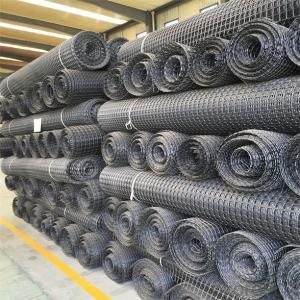The choice of materials is critical in construction and environmental projects. One such material that has received significant attention is the ‘precio de geomembrana por m2’, or the cost per square meter of Geosynthetic Clay Liners (GCL). These are artificial layers used for various applications like civil engineering, construction and environmental protection projects. The price of these materials may considerably differ based on a number of factors and knowing them will help you to make good purchasing choices.
The first factor to consider is the type of GCL. This falls into two broad categories: sodium bentonite and calcium bentonite. Sodium bentonite is more popular due to its swelling properties when it gets into contact with water, hence making it an excellent water seepage barrier. On the contrary, calcium bentonite costs less but swells less too. For instance, the ‘precio de geomembrana por m2’ of sodium bentonite is typically higher than that of calcium bentonite.
Thickness of GCL also influences its cost. Thicker GCLs are more effective at preventing water seepage as well as other contaminants; however, they come at a higher price too. You should therefore balance between need for protection and cost so as to get value for money.
The process by which they are made also affects their ‘precio de geomembrana por m2’. Some manufacturers use advanced techniques thus resulting in high quality materials though this can increase their cost as well. It is important to look into how your GCL is made before purchase so that you can be sure you have bought a product that will last you long enough.
In addition to type, thickness and manufacturing process, suppliers can determine the price for GCLs too. Other suppliers may be cheaper but their goods might not be up to standard. The buyer must select a trustworthy supplier who provides good value through combining low rates with high quality products.
The long term benefits of using high quality GCLs should also be considered when thinking about ‘precio de geomembrana por m2’. While the upfront cost may be higher, this could be a good investment in terms of reduced maintenance and increased longevity.
All in all, purchasing geosynthetic clay liners requires consideration of ‘precio de geomembrana por m2’. It will cost you more regarding buying a GCL that is made of sodium bentonite than it would if you bought one whose material was calcium bentonite. On top of considering initial costs alone, there are other significant factors to take into account such as the type thickness, manufacturing process and supplier.







